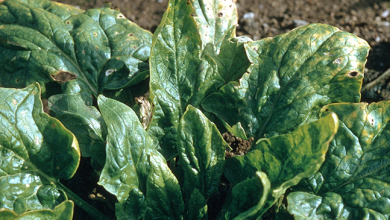Rice Pests and Diseases: [Detection, Causes and Solutions]
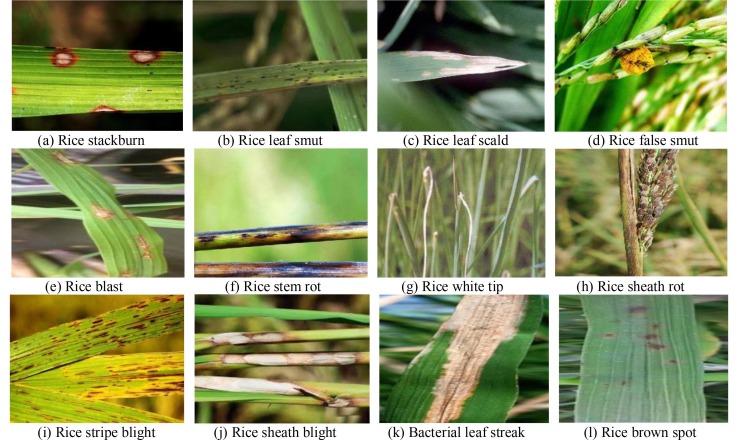
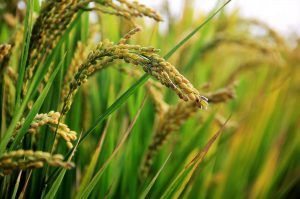 Rice is one of the most consumed cereals in the world due to its ease of preparation and the fact that it is so profitable.
Rice is one of the most consumed cereals in the world due to its ease of preparation and the fact that it is so profitable.
Having a rice crop is directly proportional to enjoying a bountiful harvest with good nutritional value.
That, as long as it is not affected by pests or diseases that end up ruining its development and even killing the plant.
So if you want to know more about this topic to be on permanent alert, don’t miss a single line of what we’re going to cover today.
circle stain
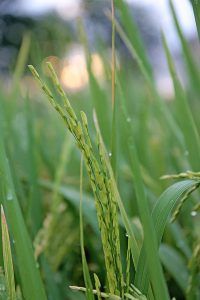 It is a disease caused by fungi where the presence of brown spots on the leaves and some more on the stem are evident .
It is a disease caused by fungi where the presence of brown spots on the leaves and some more on the stem are evident .
The contagion can be produced by environmental conditions or also come from seeds that have been previously infected.
When sowing a seed under these conditions, the development of the plant is abnormal, with deformations and many scratches.
As for the environmental conditions for it to occur, it is normal for it to be when the days are sunniest and the environmental humidity is high.
To prevent it from being generated, it is best to work the seeds through disinfection prior to sowing.When conditions are suitable for its appearance, the use of fungicides is also beneficial.
bacterial blight
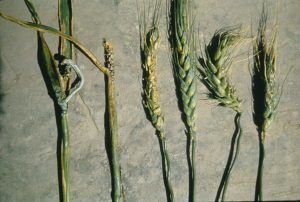 It is another disease caused by fungi that causes the leaves, stem and spike to turn yellowish.
It is another disease caused by fungi that causes the leaves, stem and spike to turn yellowish.
It has the particularity, in contrast to other diseases, of appearing in both temperate and tropical climates, although it does require a lot of humidity.
The action of the fungus causes yellow spots on the leaves that subsequently produce dryness in them.As a result of this action, the rice harvest does not reach the planned production levels.
Preventive actions include eliminating the chances of water lanes being generated between one plant and the next.In addition, it is necessary to apply fungicide preventively when the spike is about to be born, approximately 10 days before.
Then, keep up the pace if you notice damage to the plant structure, as a corrective action.
Weeds
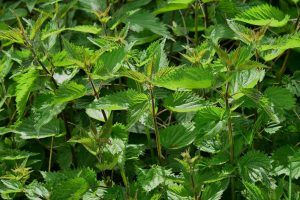 It is one of the most frequent problems in rice fields and it arises from different species.
It is one of the most frequent problems in rice fields and it arises from different species.
This is due to the aqueous environment necessary for the cereal to develop and which serves as an ideal ecosystem for certain herbs.
They can have different behavior between one rice field and another , so it is very important to know in detail what happens to take the appropriate measures.The agreed treatment to prevent and control its appearance is with the use of herbicides.
However, it is necessary to consider that the plant has an appropriate development of at least 3 leaves already ready to avoid contamination.It is important to know that weeds not only live with the rice, but also compete with it , thus depriving it of the opportunity to generate a good harvest.
Bug
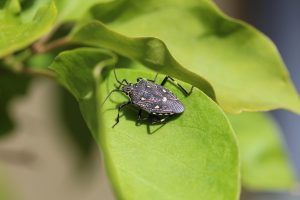 It is a plague that appears in the form of an insect that comes to the rice plant in search of its food, which it obtains from the leaf, the stem and the grain.
It is a plague that appears in the form of an insect that comes to the rice plant in search of its food, which it obtains from the leaf, the stem and the grain.
Its action is capable of serving as a gateway for the appearance of viruses that slip through the wounds left by suction.
As they are quite a large variety in terms of types, they are likely to occur throughout the growing cycle.In summary, a grain of very low quality, small in size and light, is obtained.
The bedbug is a plague visible to the human eye and that is why it is easy to remove when there is not such a high population under attack.However, the eggs are placed on the underside of the leaves and it is important to prevent them from hatching.
The ideal is to remove the damaged leaves and burn them, so that the life cycle of the pest is broken and, therefore, the crop is kept clean.In case the pest population is very abundant, it is best to use an appropriate insecticide to deal with them.
pod rot
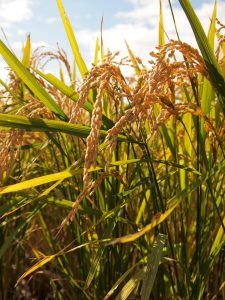 It is another disease caused by a fungus that, as its name indicates, affects the sheath of the plant.However, its damage operates throughout the structure, generating rot from the very roots.
It is another disease caused by a fungus that, as its name indicates, affects the sheath of the plant.However, its damage operates throughout the structure, generating rot from the very roots.
The effects are noticeable because the plant begins to turn yellow until it finally dies.Among the causes that produce it is the presence of high levels of humidity and heat.
Another important detail is that it does not attack adult plants, but rather affects those that have germinated for a short time.It is one of the most complex diseases that exist for rice because after its appearance it is almost impossible to eradicate.
Hence, it is advisable to carry out the disinfection and protection of the seeds with an appropriate fungicide before proceeding with sowing.
Grasshopper
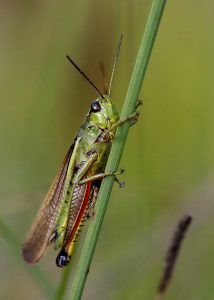 It is a pest that has the property of affecting the aerial zones of the plant due to its ease of movement, jumping from one to another.
It is a pest that has the property of affecting the aerial zones of the plant due to its ease of movement, jumping from one to another.
They feed on the sap that they extract from the green areas of the leaves, causing them to turn pale brown.
In general, they do not cause a considerable amount of damage if they are in small quantities, the problem is when they reproduce too much.
Due to the action of grasshoppers, it is also possible that the plant suffers the action of some viruses, which will worsen the situation.The most common thing is that they appear in times of great amount of rain , although it is not an imperative condition for it.
To combat the plague, the most common is to install yellow traps with glue to which they adhere easily due to the attraction of the color.It’s also a good plan to keep areas clear of grass-type weeds.
If necessary, take advantage of the action of biological insecticides to deal with them.Of the rest, it will only be necessary to ensure the most optimal conditions so that each rice plantation is of high quality.

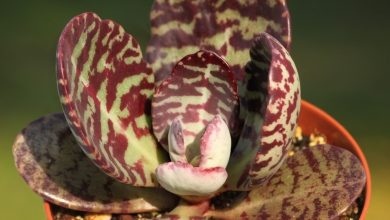
![Photo of Hackberry or Lidonero: [Planting, Care, Irrigation, Substrate, Problems]](https://www.complete-gardening.com/wp-content/uploads/2022/08/hackberry-or-lidonero-planting-care-irrigation-substrate-problems-390x220.jpg)

